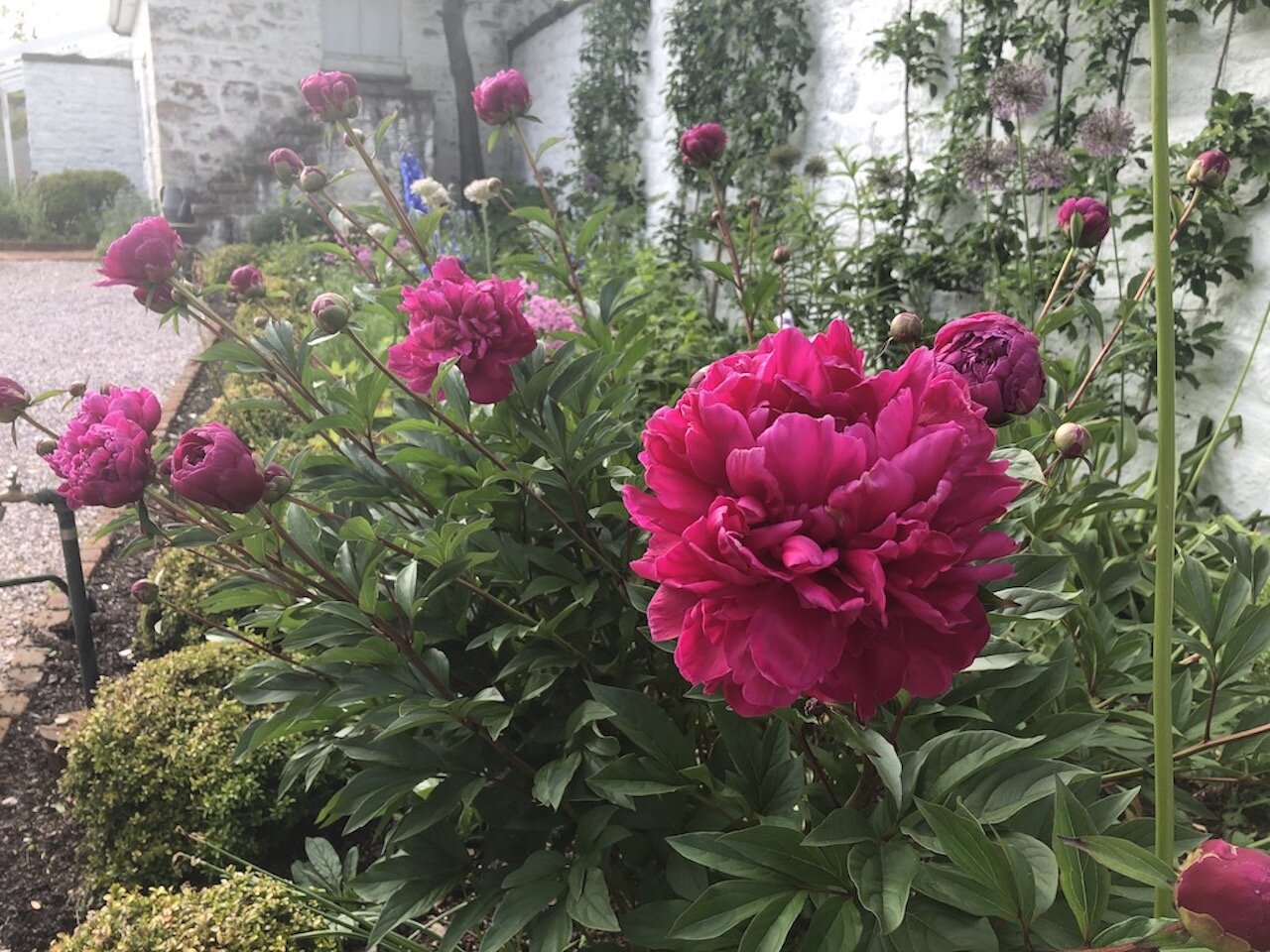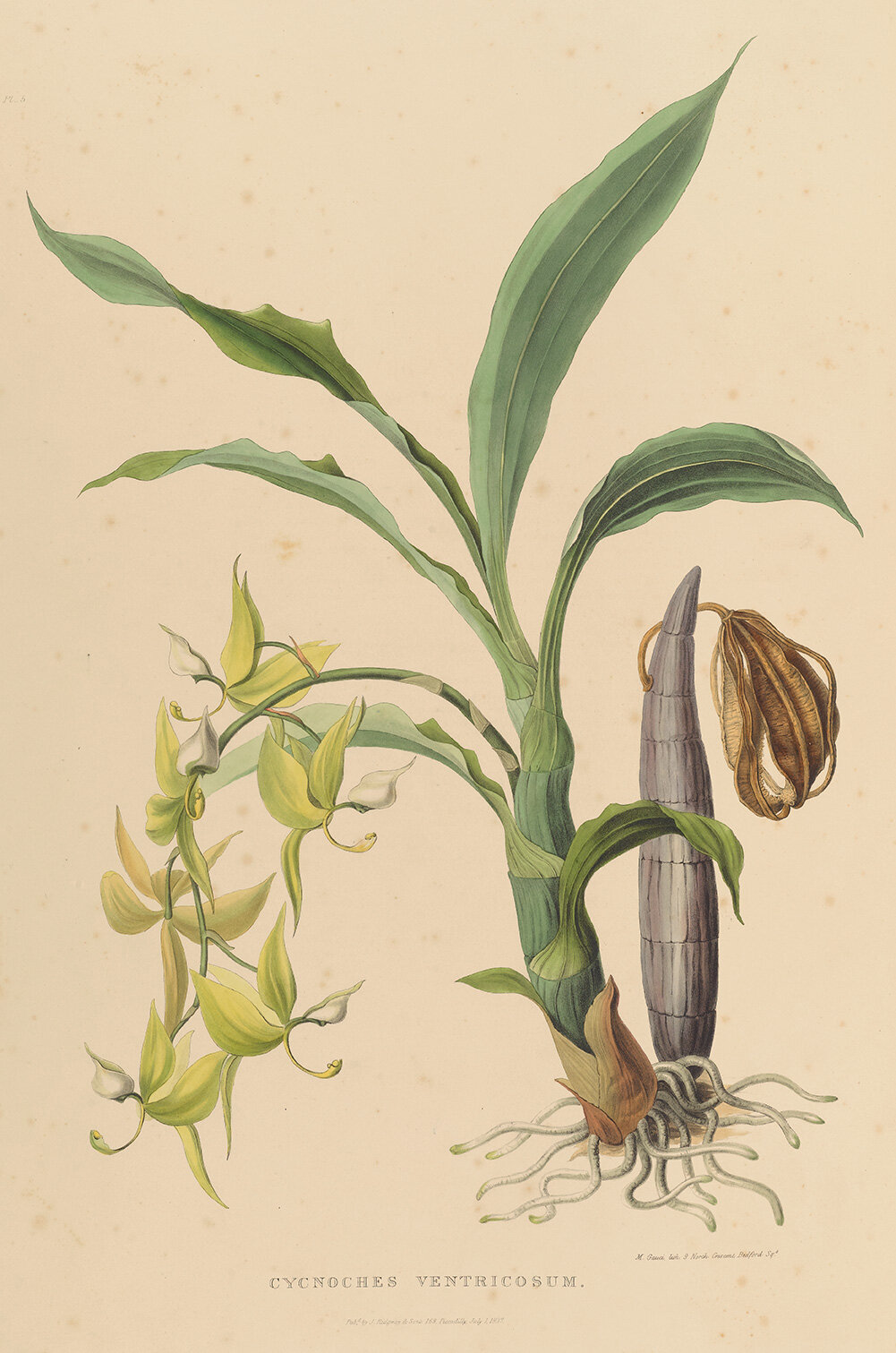The World's Most Poetic Plants
Emily Ellis
You’d be hard-pressed to find a poet who hasn’t written about plants. Since humans first began stringing words together in imaginative ways, plants have inspired our creativity by acting as symbols, filling in metaphors, and helping us to reflect on our place in the world.
While we think all plants are worthy of an ode or two, certain species have held far more attraction for history’s wordsmiths than others. Whether it’s because of their intriguing appearances, the emotions they stir in us, or simply because their names fit well in a line of verse, plants like roses, ferns, and orchids have appeared time and again in poetry.
In celebration of National Poetry Month, we’re listing six of the world’s most poetic plants.* Scroll down to read more.
Roses
Juliet sighing that "a rose by any other name would smell as sweet" was not the first, nor the last time, that what is arguably the world’s most poetic flowers would take center stage in a famous piece of literature.
Roses, with their lovely, symmetrical appearance and dangerous thorns, have long been a symbol of love and beauty across continents and cultures, partly because they have been intertwined with human history for so long. The flowers, most species of which are native to Central Asia, have been around for as long as 35 million years, based on fossil evidence. It didn’t take long for our early ancestors to take an interest in the sweet-smelling flower, and wild roses were likely used for medicinal purposes before the first cultivated roses sprang up in the gardens of China around 5,000 years ago.
Poets around the world have been writing about roses for well over a thousand years. The great Greek poet Sappho (c. 630 – c. 570 BCE) wrote that “If Zeus chose us a King of the flowers in his mirth, / He would call to the rose, and would royally crown it;” a few centuries later, Chinese poet Su Shi (1037 - 1101) also celebrated the flower, writing that “Chinese roses enjoy the four seasons with unceasing beauty." By the time Scottish poet Robert Burns got around to declaring “my love is like a red, red rose” in 1794, the plant was firmly established as poetry’s favorite flower.
Grasses
Photo by Roger Foley
Perhaps the only plant family more frequently featured in poetry than the rose is grass. Although not as romantic in appearance as flowers are, grasses are extremely important plants; they make up about 26% of all plant life on earth, are one of the world’s most significant food sources for both animals and people, and support a range of ecosystems (read about grassland birds in the Virginia piedmont here!)
American poet Walt Whitman was mostly responsible for drawing attention to grass’ poetic capabilities, at least in the Western world: in his famed collection of poetry, Leaves of Grass, every individual blade makes up a beautiful, unified whole. However, other poets explored grasses’ symbolism and importance in our world long before Whitman set pen to paper. In his poem “Summer Grasses”, Japanese Haiku master Matsuo Bassho (1644-1694) writes of the empty space where warriors had died long ago. Much later in 1971, South African poet Mbuyiseni Oswald Mtshali, wrote about a different kind of grass - the manicured, urban, exclusionary kind - in his poem “Keep off The Grass,” showing that poets’ interpretations of grasses are just as diverse and unique as the plants themselves.
Ferns
“Polypodium vulgare.” Elizabeth Blackwell, A Curious Herbal 1736-1738.
There is something magical about green ferns curling in shadowy forests. These ancient plants that first appeared in the fossil record 360 million years ago, and are found in a variety of habitats around the world. They are also firmly rooted in human culture; in European legends and folktales, they have often played starring roles in stories about fairies.
These mystical, flowerless plants have also found their way into plenty of poetry over the centuries. In the Victorian era in particular, botanists and poets alike couldn’t get enough of ferns, experiencing was scholars later referred to as ‘fern fever’: works from romantic poets Samuel Taylor Coleridge and William Wordsworth praising the plant emerged during this time. More modern poems about ferns include Fern Hill (1945), Dylan Thomas’ wistful reminiscence about his childhood in the Welsh countryside, and Fiddleheads (2013) by American poet Maureen Seaton, which takes its title from the edible tops of North American fern species.
Peonies
Magnificent, frilly peonies are a particularly popular subject in Chinese and Japanese poetry. Although there are varieties native to Asia, North America, and Southern Europe, they have been cultivated in China for the longest amount of time, having first sprung up in gardens thousands of years for both ornamental and medicinal purposes (the word “peony” comes from the Greek name Paian, who was the god of medicine).
Many of China’s most celebrated poets have explored the flower in their work. This verse by Bai Juyi (772 AD - 1846 AD) reminds us of these fuschia peonies growing at Oak Spring:
“I'm saddened by the peonies before the steps, so red,
As evening came I found that only two remained.
Once morning's winds have blown, they surely won't survive,
At night I gaze by lamplight, to cherish the fading red.”
Bai Juyi is not the only poet to have observed that peony blossoms, beautiful though they are, do not last long. Hundreds of years later in 1992, legendary nature poet Mary Oliver also reflected on peonies’ fleeting presence in the garden:
“Do you also hurry, half-dressed and barefoot, into the garden,
and softly,
and exclaiming of their dearness,
fill your arms with the white and pink flowers,
with their honeyed heaviness, their lush trembling,
their eagerness
to be wild and perfect for a moment, before they are
nothing, forever?”
Blackberries
“Raspberries.” D. M. Dewey, The specimen book of fruits, flowers, and ornamental trees. c. 1860
Blackberries have a wide range - species of the thorny plant is found throughout parts of Asia, Europe, Africa, and the Americas - and have likely been a source of food, medicine, and commerce for humans for thousands of years. They have had a range of complex roles in folklore and in history; for instance, medieval Europeans knew to stop eating blackberries off the vine at the end of September - the time when Lucifer supposedly desecrated a blackberry bush following a battle with the angel Michael. In the impoverished, post Civil War American South, racist laws dictated who could pick the berries to eat and sell.
Most of us probably associate the plant with hot summers and scratched and red-stained fingers, and the act of picking the fruit is often depicted in poetry. Sylvia Plath, Seamus Heaney, Galway Kinnell and Ross Gay are just some of the poets who have written about plucking blackberries from the vine.
Orchids
“Swan Orchid.” James Bateman, The Orchidaceae of Mexico and Guatemala. London. 1837–43
As there are about 30,000 orchid species worldwide that come in a staggering variety of colors, shapes, and sizes, it comes as no surprise that this extraordinary family of plants has inspired a range of art, research, and poetry over the centuries. They also made it on to our February list of The World’s Sexiest Plants because of the fervor they ignite in collectors and their spicy relationships with pollinators.
Naturally, history’s poets took notice of the intriguing plant. American writer Sam Hamill discussed the allure of orchids in “The Orchid Flower” (2002), admitting that “Even to a white- haired craggy poet,/ it's purely erotic.” Orchids were also one of the flowers Edna St. Vincent Millay, a favorite poet of OSGF founder Bunny Mellon, wrote about in “An Ode to Silence” (1921): “There dumbly like a worm all day the still white orchid feeds.” We especially like Orchids are Spouting from the Floorboards (2017) by American-Iranian poet Kaveh Akbar, the first lines of which read:
“Orchids are sprouting from the floorboards.
Orchids are gushing out from the faucets.
The cat mews orchids from his mouth.
His whiskers are also orchids.”
Interested in learning more about these fascinating flowers and how they inspire art and literature? Visit the Barry Art Museum’s new exhibition, Orchids: Attract and Deception, which displays several illustrated books from the Oak Spring Garden Library.
These are just a handful of the plants that have held particular attraction for poets throughout history. Others include: violets, daisies, tulips, bougainvilleas, olives, cherry trees, oaks, willows, lilacs, cacti, lotuses, and many more!
Want to read more about plants in literature? Check out or list of ten must-read women nature writers.
*Special thanks to BCCF greenhouse manager Caitlin Etherton for her help with this blogpost!






